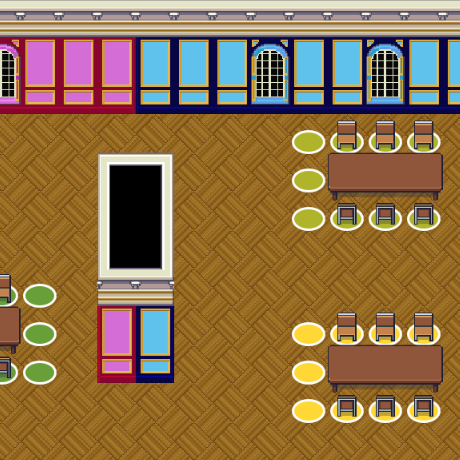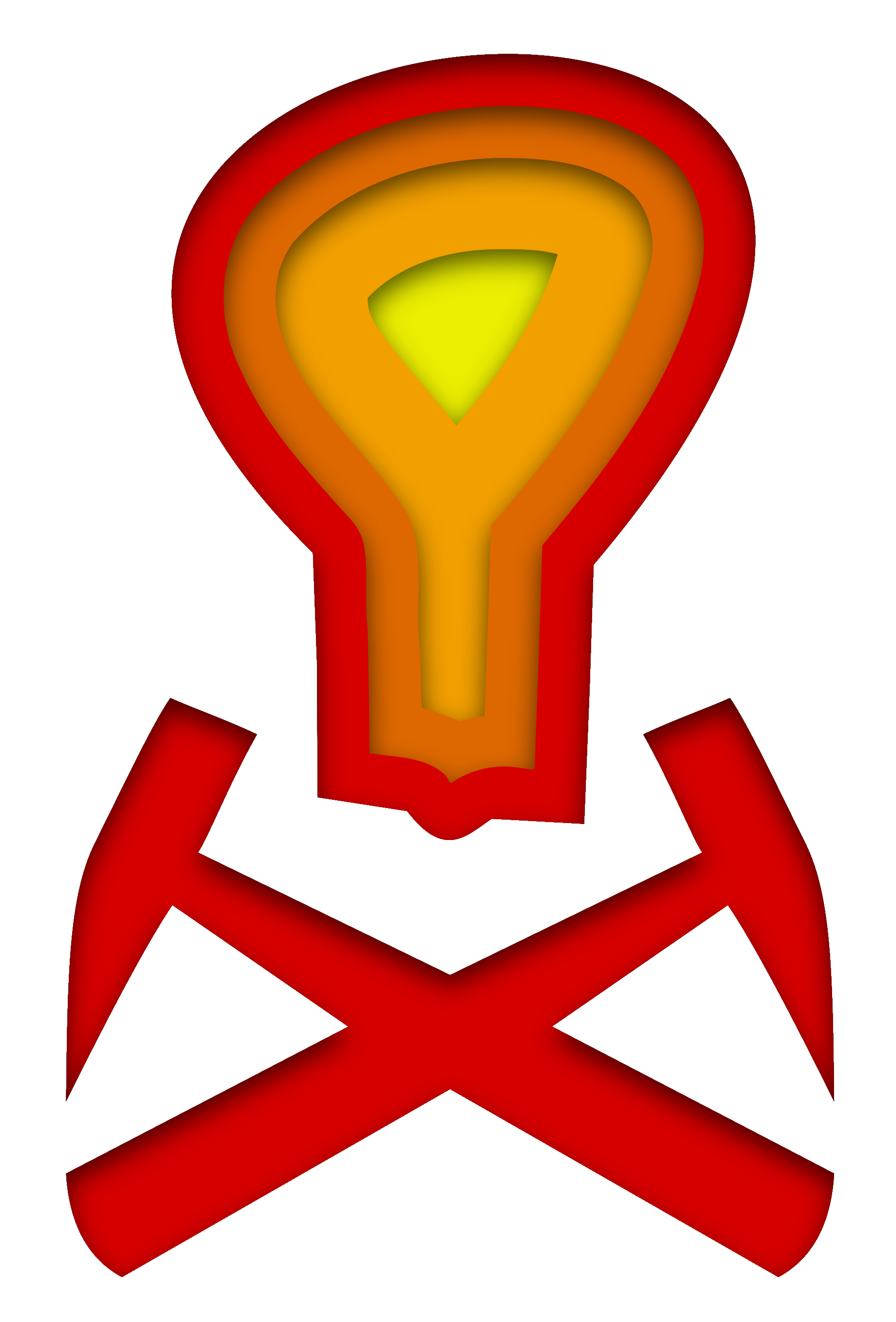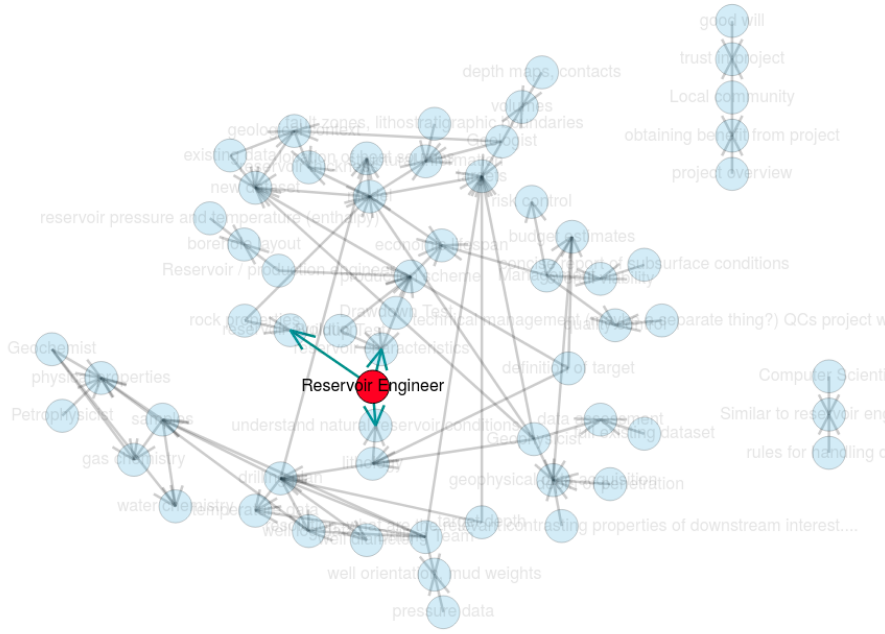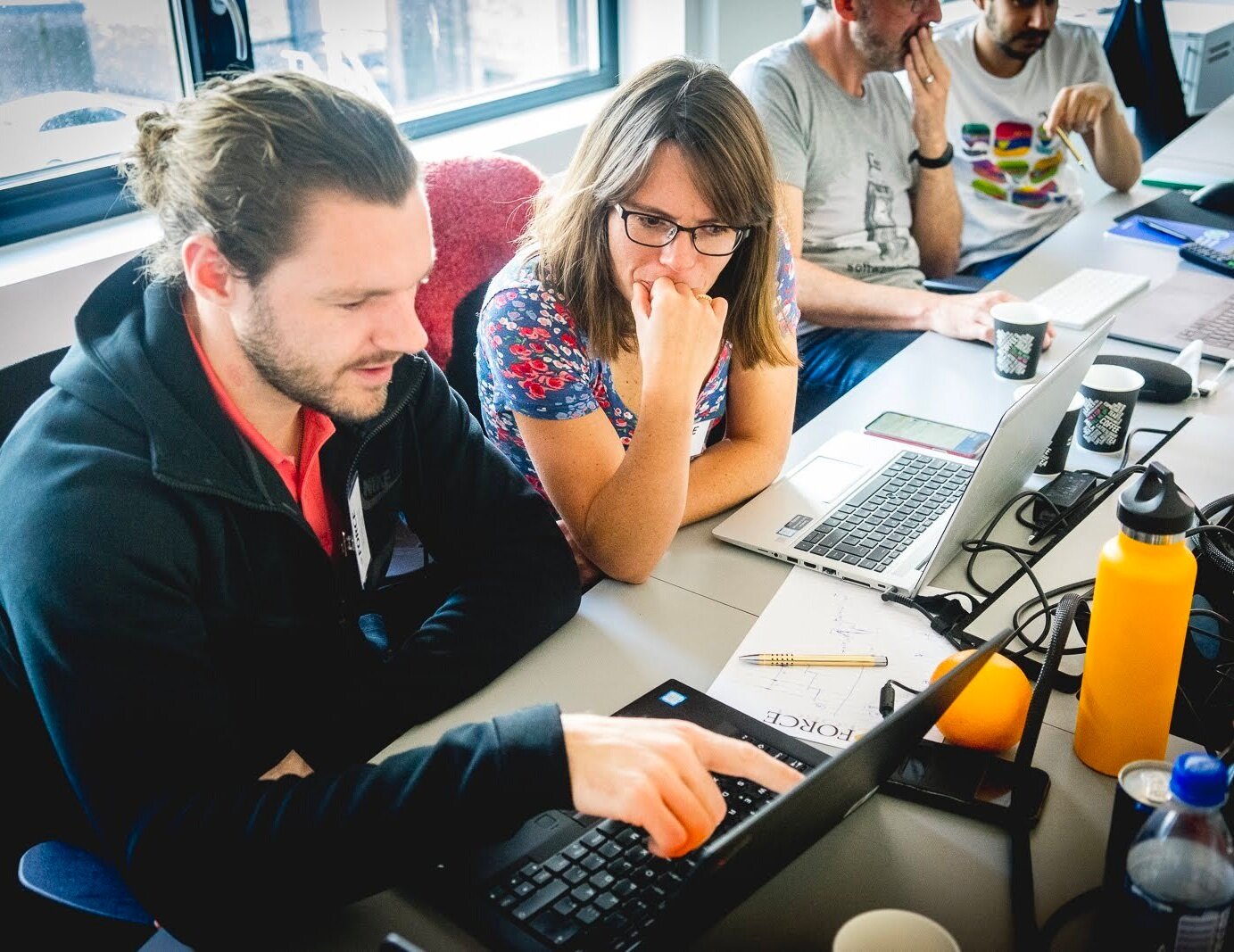How can technical societies support openness?
/There’s an SPE conference on openness happening this week. Around 60 people paid the $400 registration fee — does that seem like a lot for a virtual conference? — and it’s mostly what you’d expect: talks and panel discussions. But there’s 20 minutes per day for open discussion, and we must be grateful for small things! For sure, it is always good to see the technical societies pay attention to open data, open source code, and open access content.
But what really matters is action, and in my breakout room today I asked about SPE’s role in raising the community’s level of literacy around openness. Someone asked in turn what sorts of things the organization could do. I said my answer needed to be written down 😄 so here it is.
To save some breath, I’m going to use the word openness to talk about open access content, open source code, and open data. And when I say ‘open’, I mean that something meets the Open Definition. In a nutshell, this states:
“Open data and content can be freely used, modified, and shared by anyone for any purpose”
Remember that ‘free’ here means many things, but not necessarily ‘free of charge’.
So that we don’t lose sight of the forest for the tree, my advice boils down to this: I would like to see all of the technical societies understand and embrace the idea that openness is an important way for them to increase their reach, improve their accessibility, become more equitable, increase engagement, and better serve their communities of practice.
No, ‘increase their revenue’ is not on that list. Yes, if they do those things, their revenue will go up. (I’ve written about the societies’ counterproductive focus on revenue before.)
Okay, enough preamble. What can the societies do to better serve their members? I can think of a few things:
Advocate for producers of the open content and technology that benefits everyone in the community.
Help member companies understand the role openness plays in innovation and help them find ways to support it.
Take a firm stance on expectations of reproducibility for journal articles and conference papers.
Provide reasonable, affordable options for authors to choose open licences for their work (and such options must not require a transfer of copyright).
When open access papers are published, be clear about the licence. (I could not figure out the licence on the current most read paper in SPE Journal, although it says ‘open access’.)
Find ways to get well-informed legal advice about openness to members (this advice is hard to find; most lawyers are not well informed about copyright law, nevermind openness).
Offer education on openness to members.
Educate editors, associate editors, and meeting convenors on openness so that they can coach authors, reviewers., and contributors.
Improve peer review machinery to better support the review of code and data submissions.
Highlight exemplary open research projects, and help project maintainers improve over time. (For example, what would it take to accelerate MRST’s move to an open language? Could SPE help create those conditions?)
Recognize that open data benchmarks are badly needed and help organize labour around them.
Stop running data science contests that depend on proprietary data.
Put an open licence on PetroWiki. I believe this was Apache’s intent when they funded it, hence the open licences on AAPG Wiki and SEG Wiki. (Don’t get me started on the missed opportunity of the SEG/AAPG/SPE wikis.)
Allow more people from more places to participate in events, with sympathetic pricing, asynchronous activities, recorded talks, etc. It is completely impossible for a great many engineers to participate in this openness workshop.
Organize more events around openness!
I know that SPE, like the other societies, has some way to go before they really internalize all of this. That’s normal — change takes time. But I’m afraid there is some catching up to do. The petroleum industry is well behind here, and none of this is really new — I’ve been banging on about it for a decade and I think of myself as a newcomer to the openness party. Jon Claerbout and Paul de Groot must be utterly exhausted by the whole thing!
The virtual conference this week is an encouraging step in the right direction, as are the recent SPE datathons (notwithstanding what I said about the data). Although it’s a late move — making me wonder if it’s an act of epiphany or of desperation — I’m cautiously encouraged. I hope the trend continues and picks up pace. And I’m looking forward to more debate and inspiration as the week goes on.




































 Except where noted, this content is licensed
Except where noted, this content is licensed